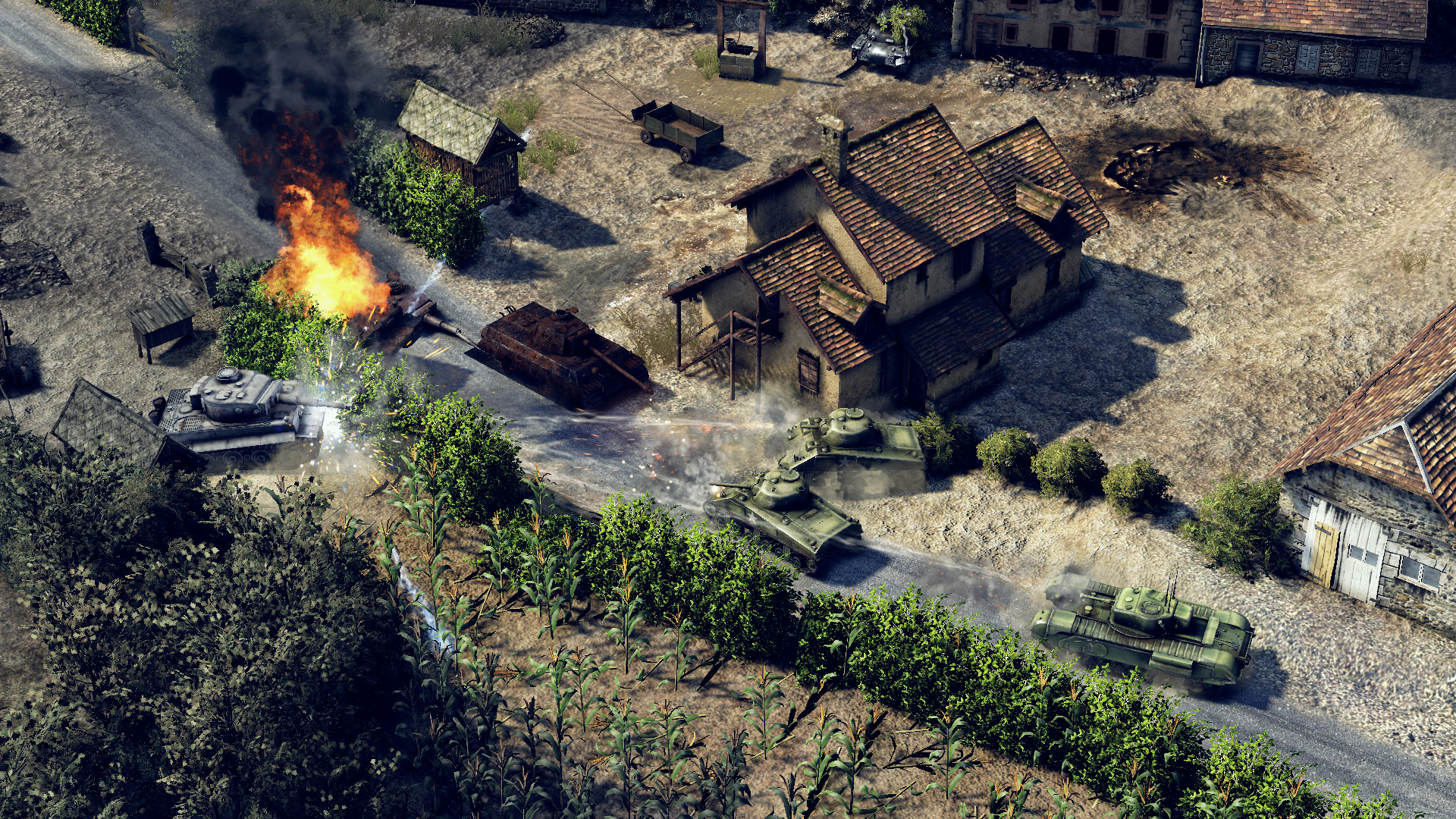

In the end, Sudden Strike II is not really a massive improvement on its predecessor, but if you do not own the first title, then you can safely buy this one. Strong multiplayer component and new units to play around with A lot of work and detail went into the environments, on the other hand, not to mention the fact that the maps are huge and they provide you with endless tactical possibilities. Visually, the 2D isometric perspective is largely unchanged, although the animations are rather silly, considering the year it was released. Thankfully, there are some modifications to take into account as well, most of which simplify the gameplay and provide the players with additional options out on the battlefield. Sudden Strike II chose to keep most of its composition intact, which may unsettle those who didn’t find the first iteration that good in the first place. Regardless of how well the first title might have behaved, it is still nice to see evolution when it comes to the core elements.

Improved graphics and a few gameplay fixes Most of the Japanese scenarios take place in the jungle, so the infantry is key when it comes to coming out victorious in the end. On this occasion, the emphasis is put on the Soviets and the Japanese, the latter of which are entirely new to the franchise. Since the theme is still World War II, the scenarios revolve should be familiar to the enthusiasts of the genre, because most of it were featured in other titles throughout the years. Hence, beside the scenarios and a few gameplay gimmicks, very few things changed in the transition to this sequel, which may or may not have been a good choice.

Sudden Strike II is obviously the second entry in the series and it doesn’t really try to address the problems with the first one, but rather to keep the players sort of happy with more of the same. An isometric strategy game with character However, World War II couldn’t have missed from such a big party, so there are plenty of realistic RTS games as well, including the Blitzkrieg franchise and the much newer Company of Heroes. Real-time strategy games are usually remembered for titles like Command & Conquer, StarCraft, and WarCraft, which means that not a lot of realism is involved in the genre.


 0 kommentar(er)
0 kommentar(er)
